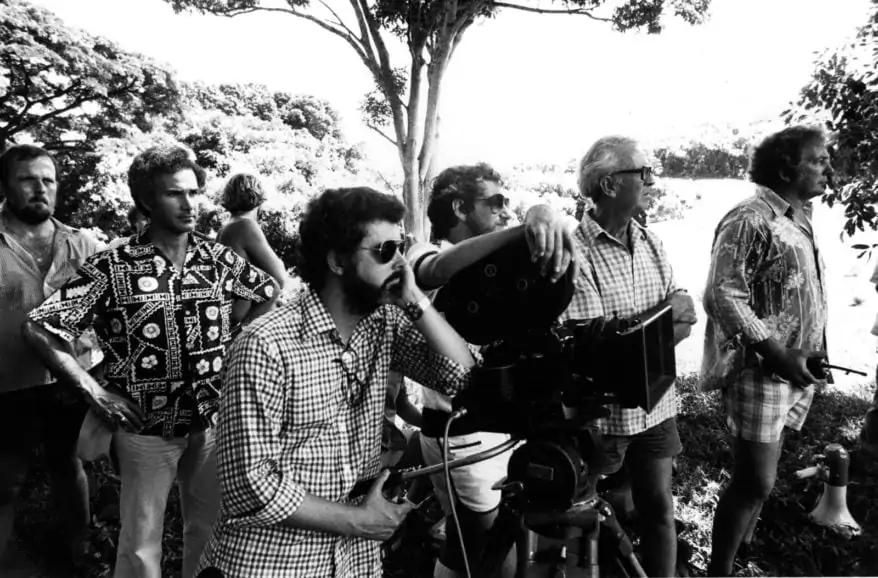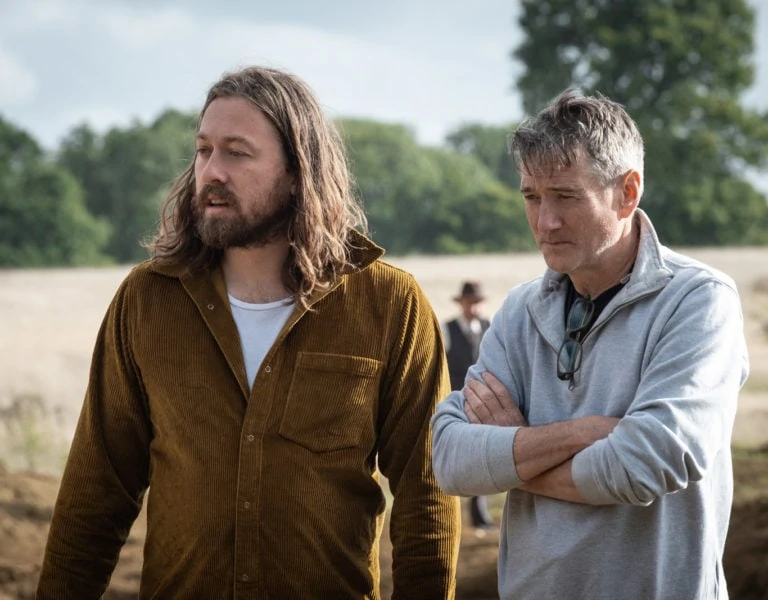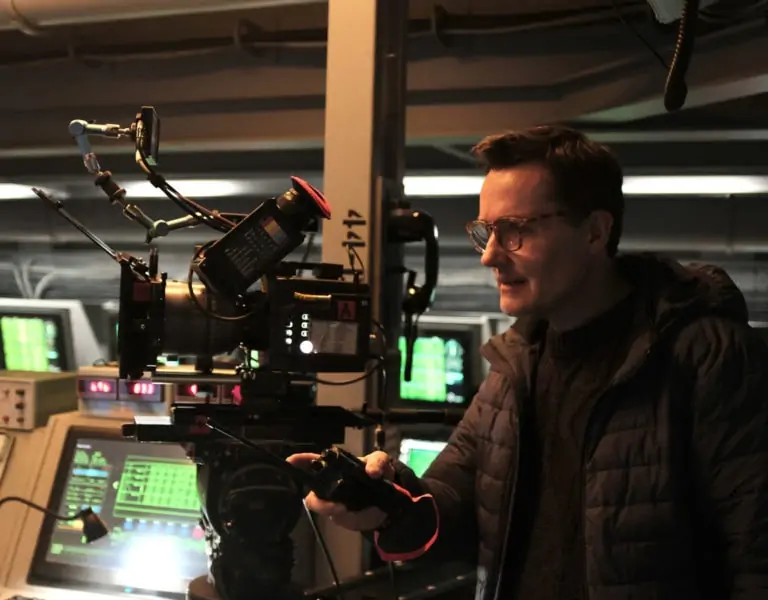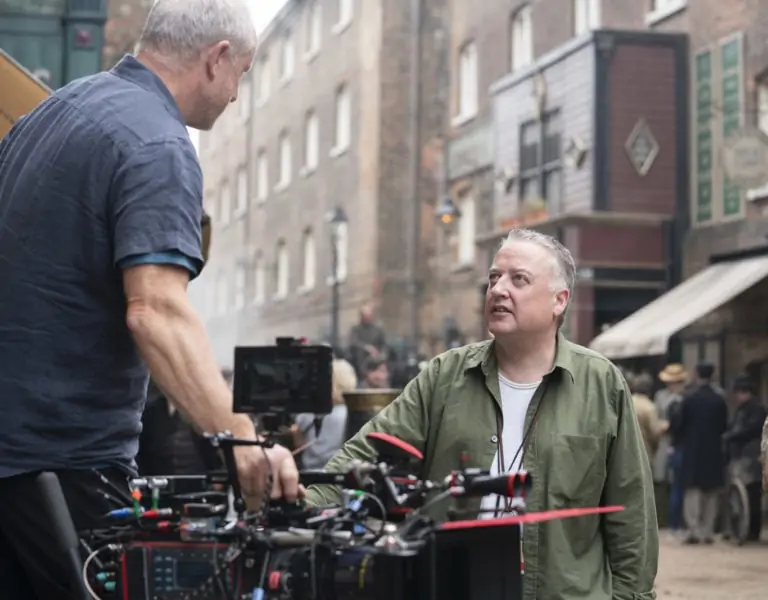ACTION-PACKED ADVENTURE
Cinematographer Douglas Slocombe OBE, BSC (1913-2016) had a long and successful career working on many notable films. He was for many years the chief cameraman at Ealing Studios, shooting a number of their features, including some of their comedies, which included Man in the White Suit (1951), The Lavender Hill Mob (1951) and Kind Hearts and Coronets (1949). For several years, his operator was Bernard (Chic) Waterson (1924-1997) and his focus puller Robin Vidgeon. Vidgeon joined Slocombe on the 1960 film Circus of Horrors and remained with him for many years.
After shooting sequences for Close Encounters of the Third Kind (1977), Slocombe and his team were offered the job of photographing Spielberg’s Indiana Jones and the Raiders of the Lost Ark (1981), starring Harrison Ford. It took three months to shoot and was written by Lawrence Madden and is based on a story by George Lucas and Philip Kaufman. Slocombe went on to shoot two follow up films, Indiana Jones and the Temple of Doom (1984) and Indiana Jones and the Last Crusade (1989). That was Slocombe’s last film, and he referred to it as his last crusade. Robin Vidgeon didn’t work on the third because he decided to move over to lighting.
With a budget of around twenty million dollars, Raiders of the Lost Ark began shooting in June 1980. It was shot in 35mm using Kodak stock and Panavision cameras. Some theatres screened a 70mm version with six track sound. One theatre screening the wide format was the Odeon Marble Arch.
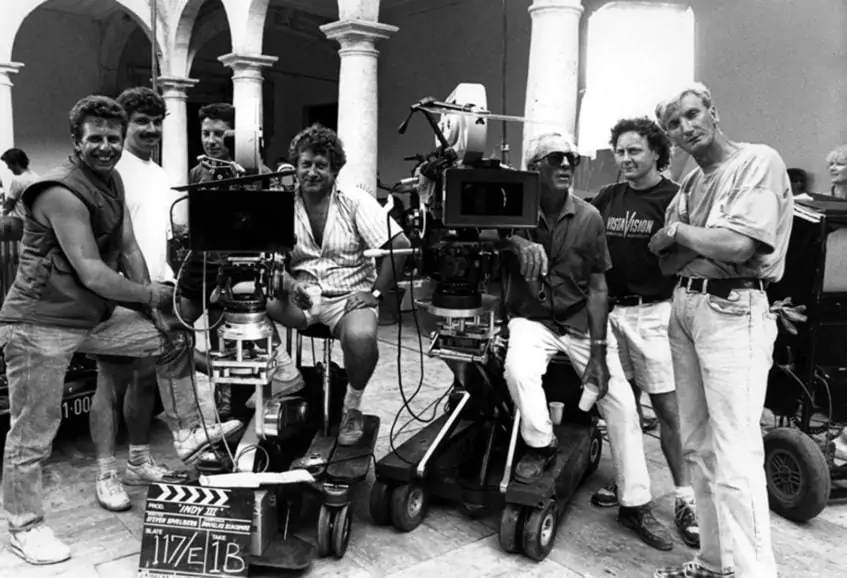
Spielberg didn’t often use more than one camera. He was always very well prepared and before starting a movie he would storyboard every scene. Each time he went on the set for a new scene, he was open to a different approach.
Robin Vidgeon BSC
Slocombe said, “I met Steven Spielberg late in my life. He asked me if I would shoot a sequence in India for Close Encounters of the Third Kind. After that he said he would like to offer me a feature in the future. As always, because he is wonderful that way, he kept his word, and I was asked to shoot Raiders of the Lost Ark.”
When seeking locations with Spielberg in Tunisia for Raiders, Slocombe damaged one of his eyes. He said, “We were in a jeep and I was in the back. We hadn’t been going long when there was a colossal jolt. Part of the road had been washed away. I bounced up, hitting the steel bar. After shooting Raiders I went on to film Pirates of Penzance (1984) and later found I could no longer see through the damaged eye. It turned out the retina was detached.”
The Indiana Jones movies were shot on location and at Elstree Studios, where huge sets were built. Locations for Raiders were in France, Tunisia, Hawaii, and California. Vidgeon said, “Sets at Elstree were huge, covering every square inch and using wide lenses which made them look even bigger.
“Spielberg didn’t often use more than one camera. He was always very well prepared and before starting a movie he would storyboard every scene. Each time he went on the set for a new scene, he was open to a different approach. With action, he was always open to suggestions from the stunt boys and actors. He would always listen to what might be a better way.”
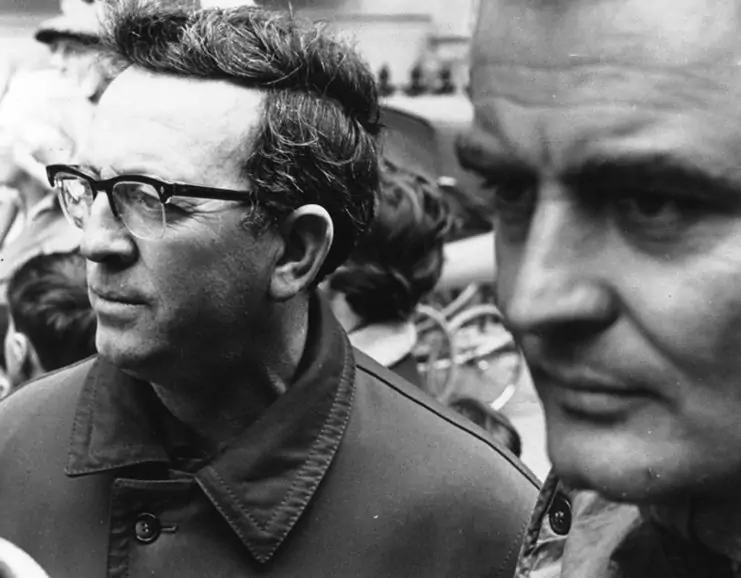
DP Paul Beeson BSC (1921-2001) and camera operators David Worley ACO, GBCT, Assoc. BSC and Wally Byatt BSC were on the second unit. It was Worley’s first operating job. The second unit did a number of stunt sequences with the late second unit director Mickey Moore (1914-2013), who closely worked with Spielberg to keep consistency in the picture. Moore had directed a number of movies including Elvis Presley in Paradise Hawaiian Style (1966). He had also been an actor.
The second unit remained in the same country as the main unit. Vidgeon said if Spielberg wanted to cover a sequence with two or more cameras, he would get another crew in, because the second unit would be working elsewhere and he didn’t want to split them, though David Worley did some B camera work on the main unit. He went on to work on Temple of Doom and Last Crusade. Slocombe said, “I was very happy to have David working alongside us, he completed a wonderful crew.”
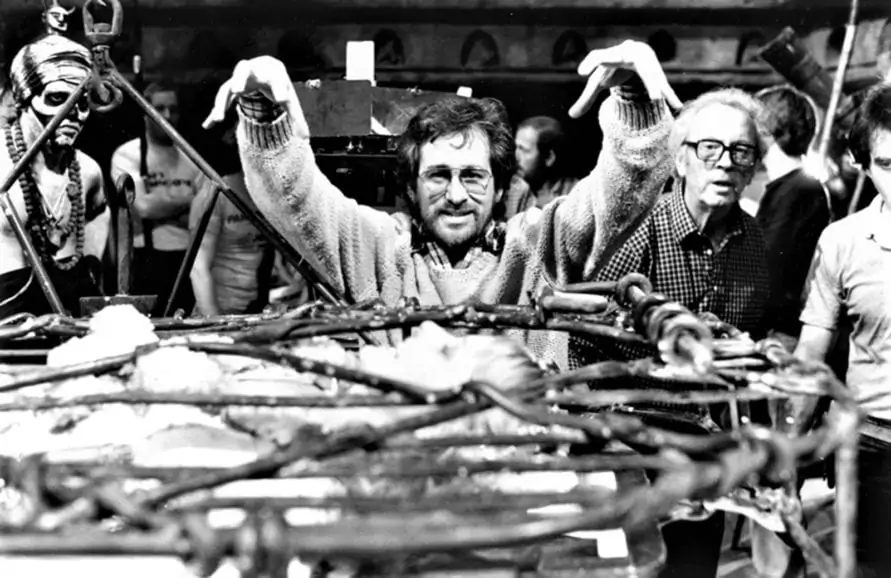
Mickey Moore filmed most of the truck chase and stunt co-ordinator Glen Randall suggested the shot of Indiana traversing the underside of the truck. Most second unit action shots, which were considered too dangerous for Ford were done using a double. Vidgeon said that Ford, who was keen to perform his own stunts, was a brilliant performer. There were twenty-five stunt people on the film, including Vic Armstrong, Terry Leonard, Terry Frampton, Wendy Leech and Martin Grace. Armstrong, Grace and Leonard doubled for Ford. Stunt arranger was Peter Diamond.
Some Steadicam work was done on the road bridge sequence in Indiana Jones and the Temple of Doom by Steadicam inventor Garrett Brown. Special effects on Raiders were handled by Industrial Light and Magic under the supervision of Richard Edlund.
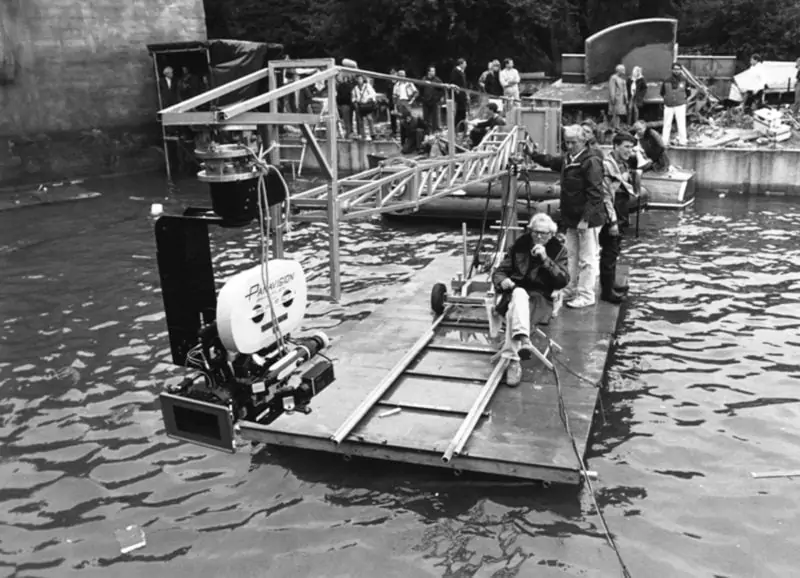
Regarding Spielberg, Slocombe said, “He was a great person to work with and I admired his fresh approach to everything. He seemed to know what to do automatically. He deserves to go down as one of the greats.”
“Despite all the complications, they wanted them shot as quickly as possible, so I was constrained by the amount of time. I was told not to spend too long on various set ups, so I had to work like mad. Often, I would be putting in lamps when Spielberg shouted action, but I enjoyed them enormously.”
Raiders of the Lost Ark became the highest grossing film of 1981, earning over three hundred million dollars. It won five Academy Awards, seven Saturn Awards and one BAFTA and was listed as one of the ten best films of the year.
Slocombe stayed in touch with Spielberg and on his one hundredth birthday Spielberg bought him an expensive pair of slippers.
